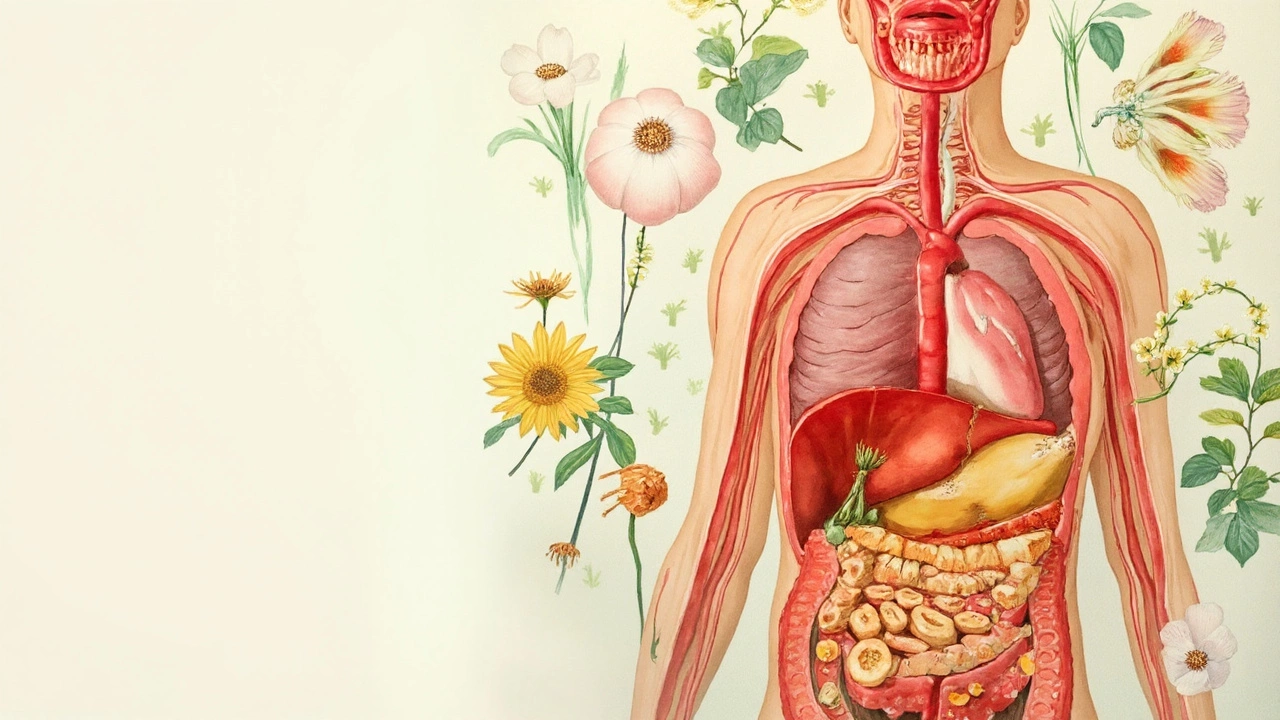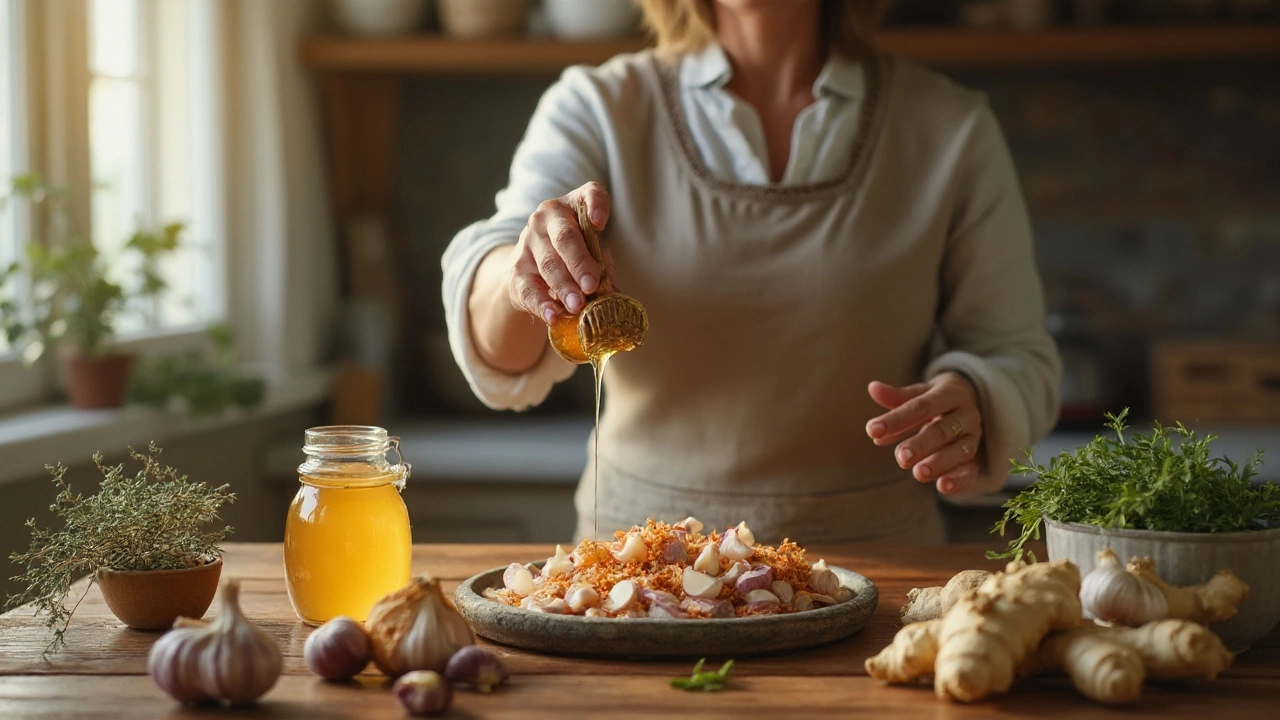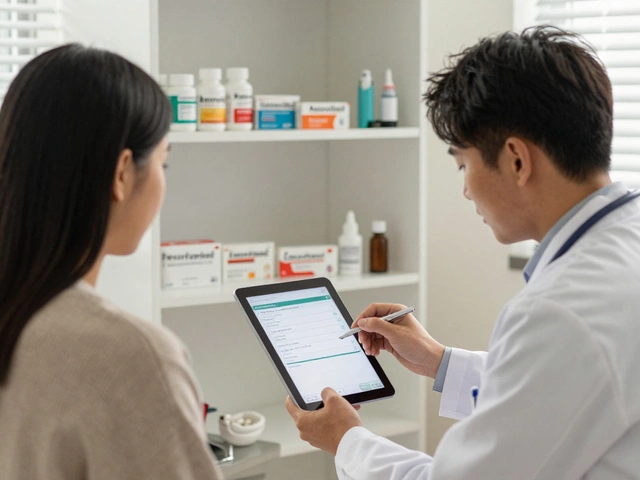Bacteria are everywhere—on every surface, in our food, on our skin. The World Health Organization flagged antibiotic resistance as a top threat to global health years ago. Sometimes, pharmaceutical antibiotics feel like magic bullets. But they aren’t always an option, and too often, they lose their power. People have started looking at natural remedies more closely, asking if nature might have given us its own secret weapons. Which natural options fight bacteria most effectively? Garlic, honey, oregano oil, and a handful of herbs top nearly every list, but is it all hype? Or do these natural wonders really work when it counts?
The Search for Nature’s Most Powerful Antibiotic
Natural antibiotics have been part of human life long before penicillin came into the picture. Looking through time, every culture has their favorite: Ancient Egyptians stored honey in tombs, hoping its antibacterial powers would last for eternity. My grandma swore by garlic for everything from coughs to cuts. Sounds quaint, but is there actual science to back up these beliefs? Let’s take garlic, probably the most hyped natural antibiotic. A study in the “Journal of Antimicrobial Chemotherapy” showed that allicin (that unmistakable component in crushed garlic) kills E. coli and MRSA in lab conditions, sometimes better than prescription antibiotics. Not bad for a kitchen staple! Natural antibiotic qualities don’t end there. Honey isn’t just for sweet tea. Manuka honey, in particular, outperforms most other honeys when it comes to fighting bacteria. Hospitals in the UK occasionally use medical-grade Manuka honey to help heal wounds and fight drug-resistant infections. Not every natural antibiotic is as famous, though. Oregano oil is rich in carvacrol and thymol—two chemicals that mess with bacteria’s cell membranes, making it harder for them to thrive. Tea tree oil, usually reserved for skin problems, stings but works against everything from acne bacteria to Staphylococcus. These substances don’t just mask symptoms but can disrupt bacterial growth. Interesting, right? Still, being “natural” doesn’t always mean safer or better. For example, concentrated oregano oil can burn your mouth if you’re not careful, and tea tree oil, even though it’s an antibacterial powerhouse on skin, is toxic if swallowed. You can’t just grab anything labeled ‘natural’ and hope for a miracle.
How Scientists Test Natural Antibiotics
We want to trust what we read on wellness blogs, but what really happens when researchers test these natural antibiotics? It’s not just about pouring honey on a petri dish and waiting. Scientists look at how these substances kill bacteria in the lab and sometimes in animal or human bodies too. Lab tests make things simple; you put bacteria and a potential antibiotic together and see what survives. For instance, in controlled studies, garlic extract reduced Salmonella and E. coli growth within hours. But move outside the lab, and the story gets complicated fast. For honey, clinical trials have looked at burn victims and wound care patients. A table below shows just how well a few natural antibiotics stack up against common bacteria, according to reputable published data:
| Natural Antibiotic | Effective Against | Test Method | Notes |
|---|---|---|---|
| Garlic (allicin) | E. coli, MRSA, Salmonella | Lab cultures, animal models | Potent in raw/aged form |
| Manuka honey | Staphylococcus aureus, Pseudomonas | Clinical/hospital use, lab | Medical grade required for wounds |
| Oregano oil | Listeria, E. coli | Lab, limited animal trials | High potency; can irritate skin/mucosa |
| Tea tree oil | Staphylococcus, Propionibacterium | Skin infection clinical trials, lab | Topical use only; toxic orally |
Interestingly, not all ‘natural antibiotics’ work against the same bugs or in the same situations. What stops a skin infection could be useless in your gut or lungs. Also, most natural compounds aren’t pure—they’re a mix of dozens of compounds, which makes testing tricky. That’s why you’ll see so many positive but small-scale studies and hardly any big, definitive clinical trials. That said, medical honey and garlic have crossed over from folk remedy to hospital wing more than once. But, again, don’t just trust the label—potency depends on preparation, freshness, dose, and sometimes even local soil conditions. Garlic powder from a supermarket just can’t compete with fresh garlic.

When to Use Natural Antibiotics—And When to Avoid Them
Let’s get real—if you’re dealing with a minor skin cut or sore throat, trying out a natural remedy makes sense. Centuries of tradition and decent lab studies say raw honey slathered on a superficial wound can help keep things clean. Got a scratchy throat? A few slices of raw garlic in food or tea might actually knock down some of the bacteria trying to take hold. But when should you not play doctor with natural remedies? If a wound turns red, painful, and starts oozing, or if you’re burning up with a persistent high fever, skip the garlic pills and go see a doctor as soon as possible. Staph infections, pneumonia, and full-blown sepsis do not care about old wives’ tales. For anything serious, prescription antibiotics win—quickly, and with evidence. Misusing natural remedies can also mask symptoms and delay real treatment. There’s another wrinkle: allergies and sensitivities. Some people break out in hives from honey. Undiluted essential oils, like oregano or tea tree oil, can actually damage your skin or digestive lining. In rare cases, they cause liver or kidney problems if swallowed in large amounts. Think of natural antibiotics as allies for mild problems, not replacements for professional care.
Smart Ways to Add Natural Antibiotics to Your Life
Curious about using these natural options? Here’s how to use the strongest choices, safely and effectively, in everyday life. First up: fresh garlic. Crush or chop a garlic clove and let it sit for 5-10 minutes—this allows those valuable compounds to form fully. Add it raw to homemade salad dressings, dips, or toss onto veggies just before serving. If you cook it, the effect drops. For honey, focus on raw or Manuka varieties for the best potency. Skip honey for children under a year old—it’s just not safe for infants due to the risk of botulism. To use oregano oil, dilute a drop or two in a big spoonful of olive oil before rubbing onto the skin, or add it sparingly to humidifiers to fight airborne germs (but don’t ingest concentrated oil). Tea tree oil belongs strictly on the outside: a few drops in a carrier oil works for minor scrapes or acne spots. None of these should be used daily or for weeks on end. Here are a few tips for safe use:
- Stick to trusted brands and batches—cheap, untested imports can be contaminated.
- Always patch test essential oils before wider use.
- Don’t combine lots of natural antibiotics; more isn’t better and could make things worse.
- Store honey, garlic, and oils away from direct sunlight and heat.
- If you take prescription medication, check with your doctor—herbal antibiotics sometimes interact badly with common drugs.
Eating a balanced diet, staying hydrated, and washing hands matter more daily than any natural antibiotic for preventing minor infections. Natural remedies work best as part of a lifestyle, not as a cure-all. Also, science moves fast—so what we believe about these healing plants might evolve next year as trials get bigger and better.

What the Future Holds for Natural Antibiotics
With antibiotic resistance on the rise, researchers are looking into plants, fungi, and even seaweed for new antimicrobial compounds. Whole university labs study why honey and garlic keep outperforming in some cases where standard drugs fail. There’s plenty of promise: scientists at Cardiff University found that certain honeys kill bacteria with hydrogen peroxide and other chemicals that bacteria find hard to resist. Others are tweaking herbal extracts in the lab to make supercharged versions that can fight “superbugs.” Still, don’t expect garlic pills to replace penicillin in hospitals next week. Regulation, sourcing, preparation, and standardization remain massive obstacles. Even herbal supplements aren’t all equal—the garlic capsule you buy from a shop today might have way less allicin than what’s proven effective in studies. A fun fact: the US FDA actually classifies Manuka honey used on wounds as a legit wound-care option, not just a grocery store sweetener. The big picture? For now, natural antibiotics are best seen as teammates rather than total gamechangers in the fight against infections. Mix the wisdom of our ancestors with practical, modern advice, use natural remedies wisely—and always pay attention to your body’s signals. The real strength lies in being informed and prepared, not in picking one miracle food.





